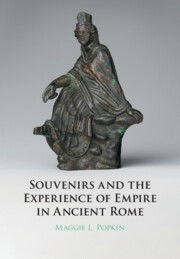In the 1920s, the Palestinian ethnographer Tawfiq Kan‘an examined the physical and narrative construction of Palestinian space by cataloguing the living archive of Palestinian sanctuaries. His collection of narratives, imbued in the sacred space of the “shrine, tomb, tree, shrub, cave, spring, well, rock [or] stone” is suggestive of cultural anthropologist Keith Basso’s elaboration of “place-making” as learned from the Western Apache. Articulating two modes of disruption, place-making narratives preserve indigenous culture in the face of colonial conquest and unsettle colonial paradigms of spatial belonging and exclusion. Despite the efforts of settler colonial erasure, this interpolative practice has been carried through Palestinian narrative traditions into the present. Raja Shehadeh’s Palestinian Walks: Notes on a Vanishing Landscape (2007) illustrates an indigenous mode of seeing, creating, and contesting spatial narratives, disclosing the role of place-making in contemporary Palestinian literature.

